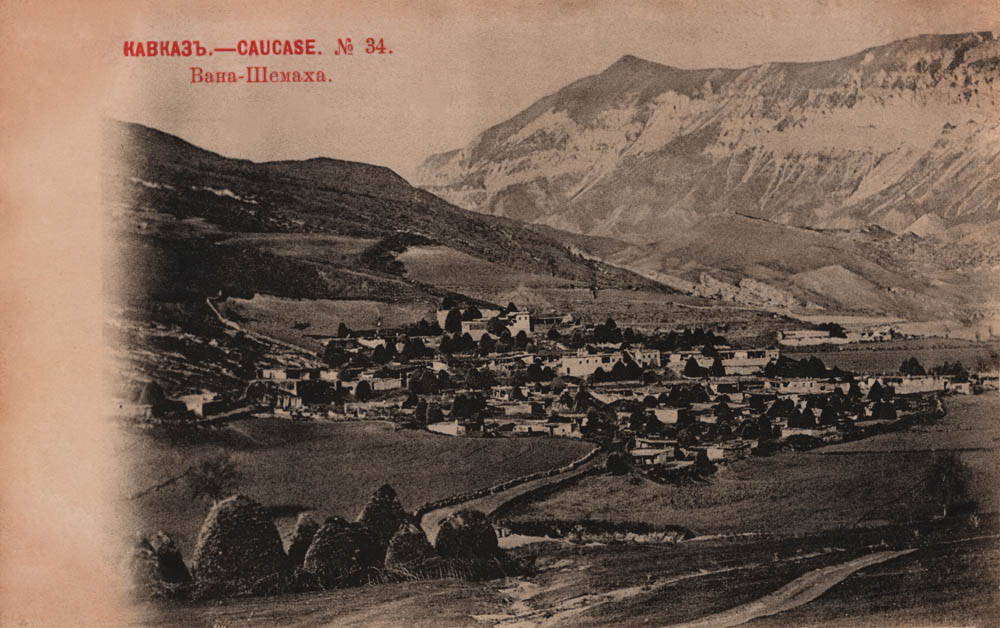In antiquity, Shamakhi was part of the Achaemenid Empire. It was first mentioned as Kamakhia by the ancient Roman geographer Claudius Ptolemy in the 1st–2nd centuries AD.
In the Middle Ages, Shamakhi was considered a very important city, serving as the capital of the Shirvanshahs’ state from the 8th to the 14th century.
In the 12th century, Shamakhi maintained economic and cultural ties with India and China, and archaeological excavations and discovered ceramic vessels also indicate trade with Central Asian cities.
Copper coins and porcelain vessels produced in China confirm that Shamakhi was one of the cities along the Silk Road.
In 1500–1501, the city was captured by the Safavid dynasty.
After the conquest of the surrounding lands by the first Safavid ruler, Ismail I, Shamakhi retained its independence under the suzerainty of the Safavids.
This status lasted until 1538, when his son and successor, Shah Tahmasp I (reigned from 1524 to 1576), turned the entire territory into a full-fledged Safavid province and appointed its first governor.
Russian troops invaded the North Caucasus and Transcaucasia during the Russo-Persian War (1722–1723).
After entering Shamakhi, the invaders soon left the city and handed it over to the Ottomans, whose rule continued from 1723 to 1735.
After Nader Shah recaptured Shamakhi, the city remained part of Iran until it was annexed by Russia in 1805, a fact confirmed by the Treaty of Gulistan in 1813.
